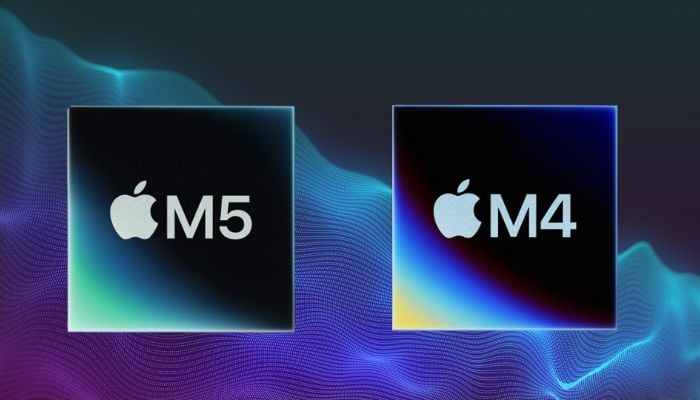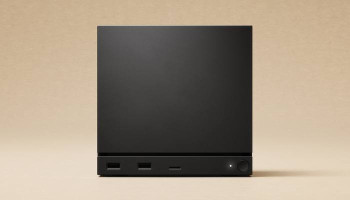
Apple has launched its latest addition to the M-series lineup, the M5 chip, marking a major move in the company’s Apple silicon evolution. M5 is available now in the 14-inch MacBook Pro, iPad Pro, and Apple Vision Pro, aiming to bring noticeable improvements across performance, graphics, and AI capability.
The M5 chip provides a substantial upgrade for tasks related to artificial intelligence (AI) and machine learning (ML). Equipped with new Neural Accelerators and a revised 16-core Neural Engine, it allows that which requires running large language models and other AI-intensive applications to be done more quickly than before.
Apple details that the M5 processes tokens in LLMs 3.6 times faster than the M4, enhances video quality in Topaz Video by 1.8 times, and performs AI-based speech improvements in Premiere Pro 2.9 times quicker than the M4.
M5 graphics and memory
The M5 supports 153GB/s (up from 120GB/s for the M4), an increase of 27.5%. This is especially helpful for generative AI and other heavy workloads.
On the graphics side, Apple also supports a surge of 42%-45% higher GPU performance and over 4 times the peak GPU compute density compared to M4, thanks to the inclusion of a 3rd-gen ray tracing engine and other rendering improvements.
M5 processor and performance
Like previous baseline Apple silicon chips, the M5 has a 10-core CPU, consisting of 6 efficiency cores and four performance cores. Apple is comparing the new performance cores to the fastest in the world and says they have improved multithreaded performance by 15% compared to the M4.
The M5 has been built on TSMC's new 3rd-generation 3nm process, and it also supports storage expansions on the new MacBook Pro to 4TB, doubling the previous storage cap.
















